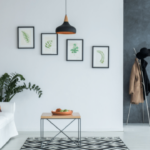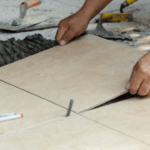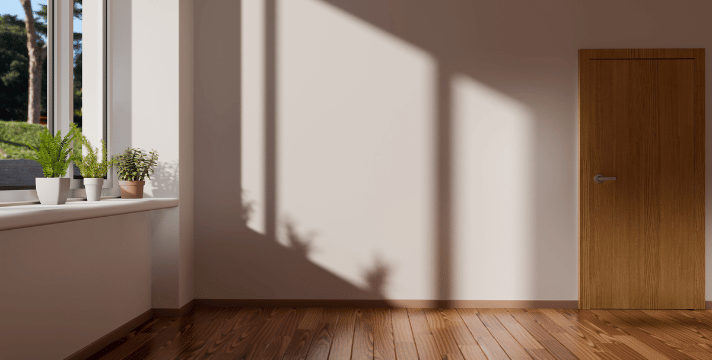Introduction
Living in a noisy household or apartment complex can be challenging, especially when sounds from one room travel easily to another.
Whether it’s loud conversations, footsteps, or appliances, noise transmission between rooms can disrupt your peace and privacy.
The good news is that you don’t have to put up with the noise! In this comprehensive guide, we’ll take you through a step-by-step process to effectively reduce noise between rooms and enjoy a more tranquil living space.
How To Reduce Noise Between Rooms: Step By Step Guide
Minimizing noise transmission between rooms requires a strategic approach that involves addressing different aspects of sound travel. Follow these step-by-step instructions to create a quieter environment.
Step 1: Identify Noise Sources
Identify the primary sources of noise in the rooms. Is it footsteps, conversations, or appliances? Understanding the sources will help you tailor your solutions accordingly.
Step 2: Seal Gaps and Cracks
Inspect doors, windows, and any gaps in the walls. Seal these openings with weatherstripping, caulk, or door sweeps to prevent sound leakage.
Step 3: Add Thick Curtains
Hang heavy curtains over windows and doors to help absorb sound waves and reduce noise transmission.
Step 4: Use Area Rugs
Place area rugs or carpets on the floors to dampen footsteps and other impact noises.
Step 5: Apply Acoustic Sealant
Apply acoustic sealant to gaps in walls and ceilings. This specialized sealant is designed to reduce sound transmission.
Step 6: Install Acoustic Panels
Mount acoustic panels on walls to absorb sound reflections and reduce echoes within the room.
Step 7: Soundproof Doors
Install solid-core doors that are designed to block sound. Add door sweeps and weatherstripping for further insulation.
Step 8: Upgrade Windows
Consider upgrading windows to double or triple glazing to reduce noise infiltration.
Step 9: Add Bookshelves or Furniture
Strategically place bookshelves, cabinets, or other furniture against shared walls to act as sound barriers.
Additional Tips and Precautions
- Test Soundproofing: Have someone create noise in one room while you’re in another to identify any remaining sound leakage points.
- Address Ceiling and Floors: If noise is traveling through the ceiling or floor, consider adding soundproofing materials in those areas.
- Combine Techniques: Combining multiple soundproofing techniques can yield more effective results.
FAQs
Will soundproofing completely eliminate noise?
While effective soundproofing can significantly reduce noise, complete elimination of all sound may not be achievable.
Can I use egg crate foam to reduce noise between rooms?
Egg crate foam may help with sound absorption but might not provide sufficient isolation for reducing noise between rooms.
Is there a way to soundproof existing walls?
Yes, you can apply soundproofing materials like mass-loaded vinyl or acoustic panels to existing walls to enhance sound isolation.
Can I use weatherstripping on all doors?
Weatherstripping is effective for interior doors, but for exterior doors, opt for door sweeps and solid-core doors.
Can I combine these methods with white noise machines?
Yes, using white noise machines can help mask any remaining noise and create a more peaceful atmosphere.
How long does soundproofing installation take?
The duration depends on the extent of the work and the size of the rooms. Simple measures can be completed in a day, while more involved projects may take longer.
Conclusion
Reducing noise transmission between rooms requires a multi-faceted approach. By following these step-by-step instructions and implementing a combination of soundproofing techniques, you can significantly decrease unwanted noise and enjoy a more peaceful living environment.
Remember, while complete silence may not be attainable, the right strategies can make a noticeable difference in creating a quieter and more comfortable space.










